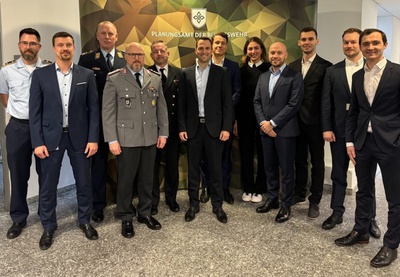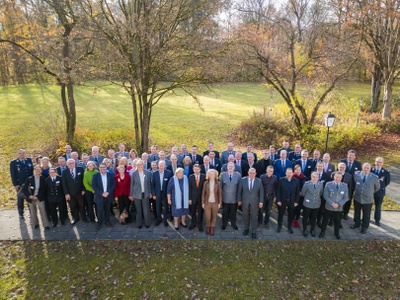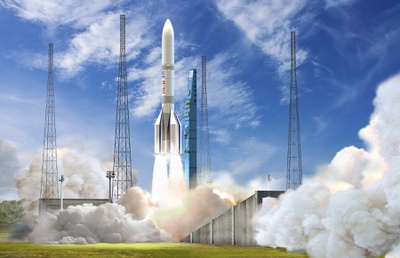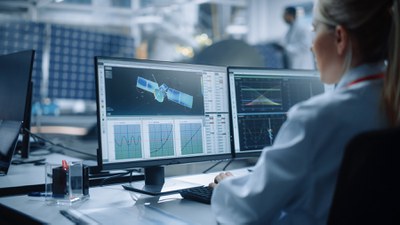
Developing Future GNSS Technology – The First Milestone
16 July 2020
New Space and mega-constellations involving tens of thousands of satellites will ensure global communication services and internet access in the near future. This concept can also have advantages for satellite navigation and is currently being examined by a European consortium involving LRT 9.2 on behalf of the European Space Agency (ESA).
Author: Professor Thomas Pany
Good positioning on earth primarily depends on the number of available navigation satellites and their orbital velocity. In comparison with traditional GNSS systems such as GPS, Galileo, GLONASS and BeiDou, both parameters are at least one order of magnitude higher with currently planned mega-constellations such as Starlink (https://www.starlink.com/.) Its satellites are smaller and less expensive to produce than navigation satellites if they use simple quartz clocks instead of atomic clocks. The former are then continuously calibrated by signals from traditional GNSS satellites.
This subject is highly relevant for the further development of satellite navigation as it is possible to embed navigation signals in 5G waveforms and operate 5G base stations via satellites (https://www.republicworld.com/world-news/rest-of-the-world-news/china-launches-first-private-5g-low-orbit-broadband-satellite.html). This may open up an opportunity for some countries to quickly develop their own GNSS (https://insidegnss.com/uk-acquires-oneweb-leo-constellation-but-wont-work-for-satnav/). Initial studies are currently focusing on enhancing the performance of satellite navigation through mega-constellations. The aim is to achieve centimeter accuracy in urban areas for mass-market products (smartphones, IoT, augmented reality, autonomous systems). It is important to point out that traditional GNSS systems must be maintained as an important part of this concept.
As part of the ESA INNUENDO study, the Chair of Satellite Navigation (LRT 9.2) is examining coordinated system and receiver concepts together with LINKS, Airbus (Ottobrunn, Toulouse), the Universitat Autònoma de Barcelona, the Tampere University, and the Politecnico di Turino. LRT 9.2 is focusing on the use of higher frequencies (C, Ka, Ku bands) in order to develop very small and highly precise receiving antenna arrays. The INNUENDO system requirements review was successfully completed in July 2020.
Lead image: Positioning on earth by way of a mega-constellation of satellites in low orbit (© iStockphoto; picture editing: Nietsch)






